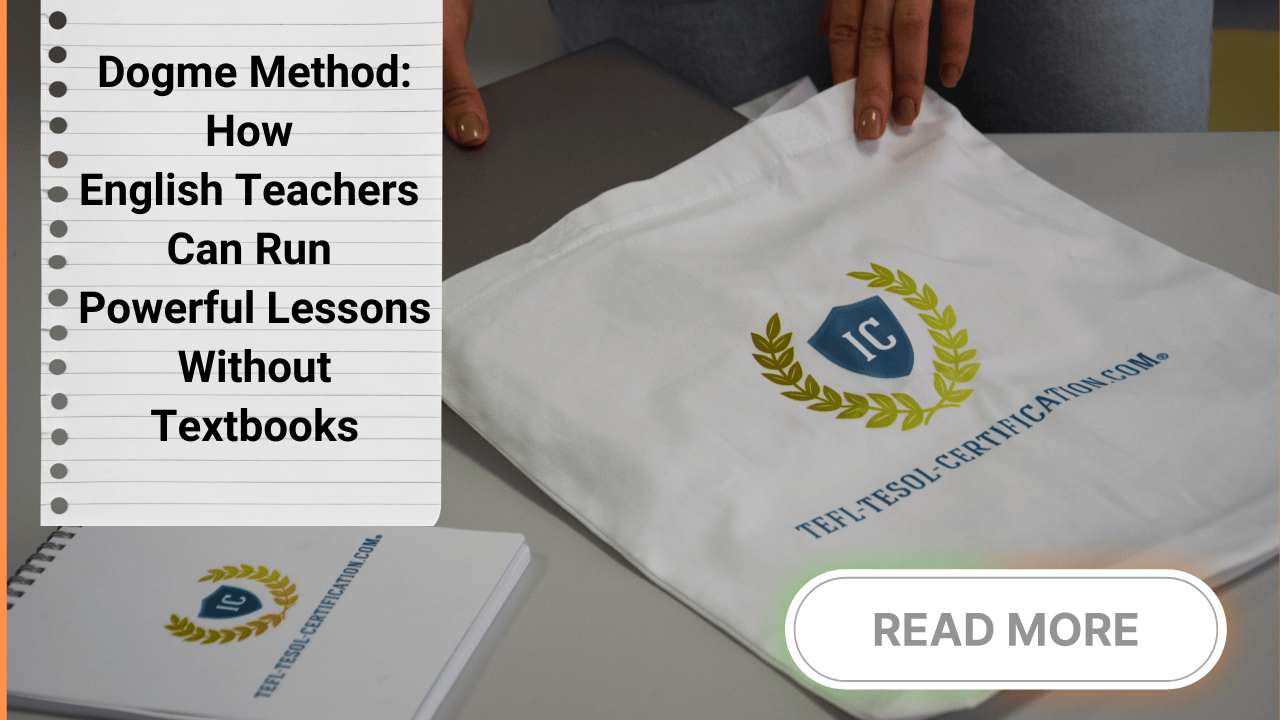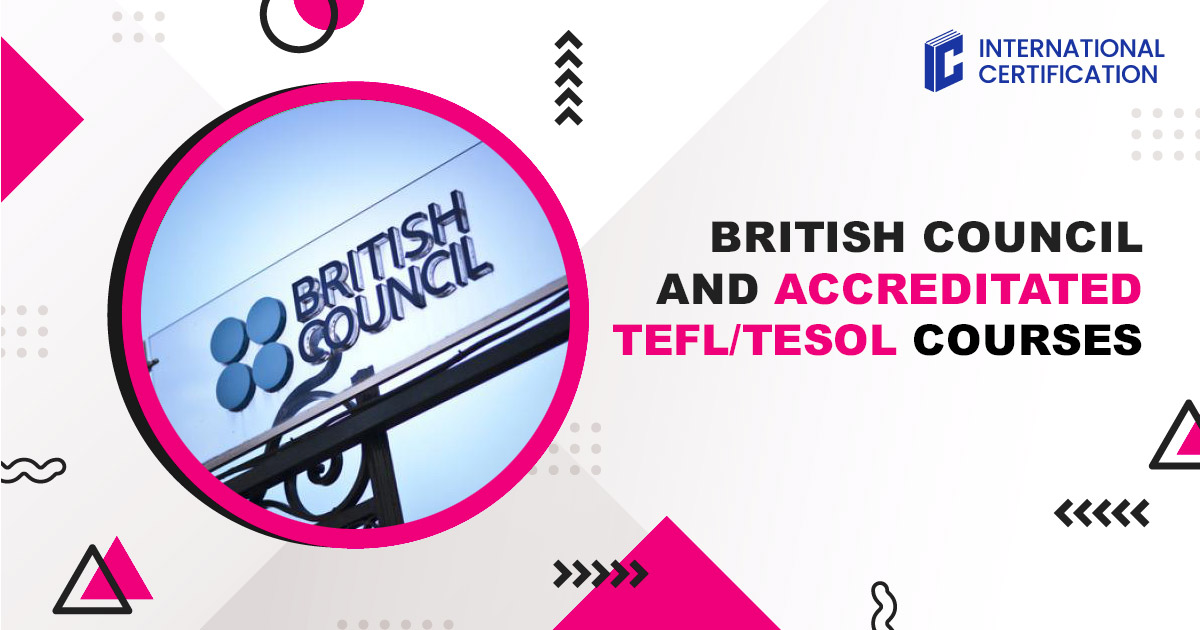I’ll be honest: a few years ago I would never have believed that teaching English entirely without textbooks could be highly effective. After earning my international TEFL/TESOL certificate, I was convinced that a good lesson required a plan, a coursebook, handouts, and at least a basic set of audio or video materials. My teaching journey began with mountains of lesson plans and methodology guides—it seemed impossible to do without them. But one day I caught myself thinking: “What if I try to run a class with no familiar materials at all?”
At the next lesson I plucked up the courage and came to class with almost empty hands. No printouts, almost no pre-made exercises—just a whiteboard marker and a head full of ideas. We simply talked. The learners chose the topic themselves: they shared news, discussed weekend plans, and even voiced their learning struggles. I did my best to guide the conversation—asking follow-up questions, gently correcting mistakes, and immediately explaining anything unclear. We laughed at slips of the tongue, drilled tricky words for pronunciation, and wrote new phrases on the board. The classroom felt like creative, productive chaos—and I noticed a spark in their eyes. They realized English is a living language they can use to discuss what matters to them here and now.
After the lesson I felt torn. On the one hand, the learners’ response was incredible—they left class energized and motivated. On the other, the methodical perfectionist in me whispered, “Can you really teach like this, without a coursebook or a tight plan? Didn’t you miss something important?” I needed time to process. In the end I concluded the experiment was a success. Soon after, I learned my “new” approach already had a name and followers around the world. That’s how the Dogme approach entered my teaching life.
Dogme Language Teaching: The Philosophy of Teaching Unplugged
It turned out my brave experiment didn’t contradict pedagogy at all. In fact, this is exactly what the Dogme Language Teaching approach—better known as Teaching Unplugged—was designed for: radically “lightweight” English lessons. The word “unplugged” captures the essence perfectly: we “pull the plug,” stepping back from heavy textbooks and tech overload. Instead, the lesson is built around real communication and whatever emerges in the room right now.
The Dogme approach took shape in the early 2000s thanks to teacher and author Scott Thornbury. At a conference he challenged the status quo of relying on thick coursebooks and rigid lesson scripts. Inspired by the Dogme 95 film movement—which questioned cinema’s dependence on technical wizardry—he proposed focusing on authentic settings and real-time action. Thornbury adapted that spirit for language teaching.
He began running language classes without strict, textbook-led scripts, giving learners more freedom to propose lesson topics. Materials for class often came from the students themselves. The teacher brought in supporting tasks only when they matched learners’ real needs and interests. In 2009, Thornbury and Luke Meddings published Teaching Unplugged: Dogme in English Language Teaching, which outlined the approach in detail. Improvisation gained theory—and thousands of teachers worldwide felt inspired to try teaching “without wires.”
The core idea is simple and powerful: the student, not the book, sits at the center of the lesson. Content grows out of learners’ interests and questions. The teacher’s role shifts from “delivering” information to listening carefully, moderating the conversation, and stepping in precisely when support is needed. Many of us hear this echoed in our professional development: even during the TEFL/TESOL course, we were reminded that language sticks best through practice and communication, not just theory. Dogme goes further: it invites us to build entire lessons on authentic interaction.
🚀 More students, 💰 higher income, 🌍 complete freedom! ✅ 112 verified platforms with top rates ⏳ Flexible schedule – work whenever and as much as you want 🎯 Simple requirements – start earning right away 💎 Boost your career and income by teaching students worldwide!
If we summarize, the Dogme approach rests on three key principles that every English teacher can apply:
- Conversation-driven. The most relevant topics and questions typically come from the learners themselves. The teacher can seed an idea, but the real content emerges from learner-to-learner talk.
- Materials-light. Use a minimal set of materials—or none at all. No bulky handouts or heavy coursebooks—only the resources that genuinely serve communication here and now.
- Emergent language. Instead of following a fixed syllabus, the teacher focuses on words and structures that spontaneously appear in students’ speech, turning these discoveries into instant learning moments.
Teaching Unplugged in Practice: How to Run a No-Textbook English Lesson
Once I understood the Dogme philosophy, my key question became: how do you organize a lesson if you don’t start from a coursebook plan but from “whatever happens”? In reality, “teaching without textbooks” doesn’t mean chaos. Experienced Teaching Unplugged practitioners recommend a few flexible phases of preparation:
- Open with a simple, relevant topic. Instead of a prepackaged unit, ask what learners are curious about today. Anything meaningful to them works—from weekend plans to opinions on a recent headline. If the group is quiet, suggest two or three options, but let students choose. Ownership fuels engagement.
- Run a quick brainstorm. Co-create a language map on the board: key vocabulary, useful phrases, even grammar you might need for the discussion. If the topic is travel, for example, you might collect “airport,” “boarding pass,” “booking,” “lost luggage,” and so on. This jump-starts thinking and primes the language for speaking.
- Prioritize speaking over reading. Make free conversation the heart of the lesson. Work in pairs, small groups, or as a whole class. Encourage storytelling, peer questions, and respectful debate. Your job: listen closely, draw everyone in, and notice language gaps as they emerge. Don’t be afraid to join the conversation—your modeling often emboldens students to speak.
- Respond to needs in the moment. When a new phrase appears—or a mistake recurs—pause briefly. Clarify meaning, add the item to the board, or give a micro-explanation of form if the group needs it. Keep it short and return to communication right away. These timely interventions replace traditional, pre-set exercises.
- Capture and consolidate. Close by harvesting the day’s language: Which new words and expressions came up? Which errors did you fix? Drill a few items quickly, or ask each learner to produce a sentence with a new phrase. If confusion remains, use it to open the next lesson.
💡 Unlock the secrets to doubling your teaching income with our exclusive checklist! 🎯 This checklist is designed for English teachers who want to 📈 attract more students and 🔥 keep them engaged for the long term.
Step by step, a flexible conversation turns into a fully fledged lesson. I’ll admit, it felt scary at first to leave the safety of a familiar script. But following the steps above, I grew more confident in this unpredictable, “unplugged” atmosphere. And of course, a Dogme lesson isn’t limited to talk—improvise with quick games, role-plays, or short videos or songs you find on the spot. The golden rule is to avoid heavy, pre-built decks and worksheets; bring in only what truly kickstarts meaningful speech. That doesn’t mean you can never use materials—just that their role becomes secondary. For instance, rather than a stock reading text, you might discuss a fresh news item or analyze a real-world notice a learner has found and brought to class.
Spontaneous Speech in the ELT Classroom: Why Emergent Language Matters
Dogme is often summed up in three words: conversation, improvisation, and spontaneous speech. That last element—what the approach calls emergent language—is crucial. Why? Because real-time speech reveals each learner’s living snapshot of strengths and gaps. When a student tries to say something in their own words, they immediately discover what’s missing: a precise term, a grammatical form, or confidence with pronunciation.
In such conversation-led lessons I always keep a marker and the board ready (or a shared chat, if online). I note interesting words, slips, and standout phrases that surface while we talk. Once, for example, my class was debating the pros and cons of social media. Someone tried to say “вирусное видео” and didn’t know the English term. Perfect teachable moment: I wrote viral video on the board, we unpacked it, and built examples. We learned a real, useful term right in the context where learners needed it. Grammar topics pop up similarly: a learner talked about future plans but mixed up the Present Continuous and will—a quick pit stop to clarify the contrast, and back to speaking.
These moments are the real gold of a no-textbook lesson because the teaching content is born from the students. They learn from their own language, immediately apply new knowledge, and stay immersed in a topic that matters to them. The teacher’s job is to guide with a light touch: correct tactfully, explain clearly (without turning it into a lecture), and, if helpful, give a tiny oral practice task to reinforce the new item. Equally important: return to the conversation after correcting—don’t let the lesson become one long error clinic. The balance between spontaneity and coaching is what makes Dogme so effective for English teachers.
And start earning money 💸 by teaching English in your own country, abroad, or online from anywhere on the planet! 🎁 Gifts and bonuses: professional support from your personal coach 🧑🏫 and job placement assistant 💼.
My Takeaways and Tips for English Teachers
Having moved from Dogme skeptic to enthusiast, I’ve distilled a few lessons that may help if you’re ready to try this “lightweight” approach:
- The coursebook isn’t a cure-all. Books are useful, but we can become so reliant on them that we forget the power of real conversation. Dogme taught me to step away from scripts and trust the talk.
- Keep the learner at the center. Every class is unique. When I stopped hiding behind pages, I began to hear my students’ real needs. Their interests and questions are the best springboard for a lesson.
- Don’t fear silence—or surprises. Early on, a quiet room without a set task terrified me. But those pauses are where learner initiative grows. If the class goes quiet, I ask an open question or invite an opinion—and the conversation returns.
- Prepare—but stay flexible. Dogme doesn’t cancel prep. I still shortlist a couple of timely topics and scan a headline or two “just in case.” That safety net helps if learners stall. But my Plan B is only backup, not a rigid script.
- Grow as a facilitator. Dogme teaching calls for new skills: active listening, on-the-spot explanations, and reading the room. Peer exchange and continuous development helped me enormously. Modern teacher-training (including TEFL/TESOL) increasingly emphasizes flexible, facilitative approaches.
That said, a few nuances are worth noting from my own practice:
- Some learners need visible structure. Students used to a fixed syllabus may feel uneasy when lessons “flow.” I introduce the format gently and build autonomy step by step—while still respecting their need for structure.
- Certain stages call for a book. Beginners often need visual scaffolding; exam prep requires targeted task practice. In these cases, Dogme pairs beautifully with traditional methods: I provide core input from a book, but always reserve time for free conversation. For instance, preparing a learner for IELTS, I devote the first half to typical tasks and the second to open discussion—great for lowering stress and keeping motivation high.
I remember one adult learner who was skeptical at first and asked point-blank, “Are we actually learning anything if we’re mostly talking?” I explained the purpose of the format, and within a couple of weeks he admitted he was speaking much more freely and had stopped fearing mistakes. Moments like that convince me Dogme truly works.
By the way, Dogme thrives not only in groups. I’ve used it successfully in one-to-one lessons and even online—what matters is the willingness to converse and step away from over-structured routines.
I’ll admit I was initially shy about telling colleagues I was running lessons without a traditional plan—what if they didn’t get it? Over time I learned many teachers were also curious to ditch extra materials now and then; they just hadn’t labeled it with a trendy term. Today, when I share Dogme experiences, I meet genuine interest—after all, every teacher sometimes wants to dust off the coursebooks and try something fresh.
For the third year now, I’ve been using this approach actively, and I can say that discovering Dogme has been a breath of fresh air in my teaching career. I remembered why I came into education in the first place—to help people speak the language live and free. Textbooks, technology, and ready-made plans are tools, not the goal. By trying Teaching Unplugged, I’ve grown as a teacher: I listen more closely, improvise better, and genuinely enjoy lessons where my students and I discover something new together. I hope my story inspires you to add a little “creative chaos” to your classes. Perhaps a couple of bold Dogme lessons are exactly what you and your learners have been missing. Don’t be afraid to experiment—sometimes the most spontaneous choices bring the best results!





